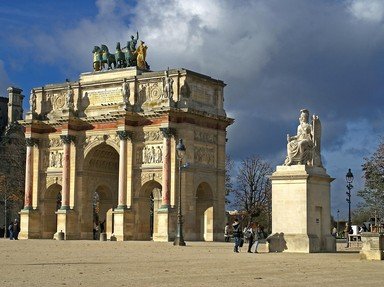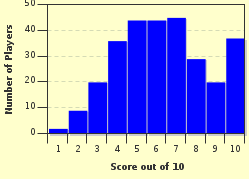Quiz Answer Key and Fun Facts
1. What were the Guard known as before they became officially recognised as the Imperial Guard in 1804?
2. Which of these were NOT one of the advantages men of the Imperial guard could enjoy?
3. Which is credited as the first major battle the Napoleonic Guard took part in?
4. What famous action did the cavalry of the Imperial guard perform at Austerlitz?
5. A third lancer regiment of the guard was raised in Lithuania but was destroyed in the same year in Russia.
6. Who was in charge of the Imperial guard in 1805? In the same year he won the Grand Eagle of the Legion of Honour.
7. The battle in question is one which occured in 1812. In this battle Napoleon refused to use most of the Imperial Guard keeping it as his last reserve, although its use could have been decisive.
8. By 1815 the guard had grown to the size of a miniature army. It was comprised around 20,000 men and 118 guns. It was made up of three infantry divisions the old, middle and the young guard with heavy and light cavalry.
9. At Napoleon's farewell to the Old Guard at Fontainebleau, what did he famously kiss before leaving?
10. Waterloo is considered as the only battle where the guard broke and fled. Up until Waterloo, there is no record of the Guard doing such an action.
Source: Author
Fred0518
This quiz was reviewed by FunTrivia editor
bloomsby before going online.
Any errors found in FunTrivia content are routinely corrected through our feedback system.

